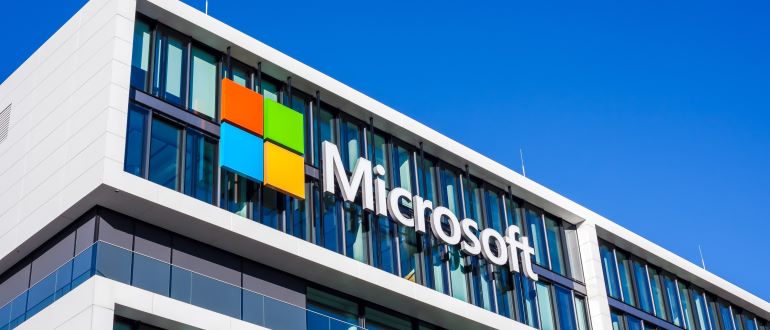
Microsoft recently opened up its commercial generative AI technology to public sector customers and partners with its offering, Azure OpenAI Service, which utilizes generative AI capabilities to enhance efficiency and productivity for government agencies.
Azure Government customers, including U.S. federal, state and local government entities, now have access to the Azure OpenAI Service. This service offers language models including GPT-4 and GPT-3, through REST APIs, Python SDK and a web-based interface.
Government customers can leverage these models for various tasks such as content generation, summarization, semantic search and natural language-to-code translation, enabling them to build and deploy AI-enabled applications more efficiently.
To address the high security requirements of government entities, Azure Government provides stringent security and compliance standards for handling sensitive government data. The company developed a new architecture that allows government agencies to securely access large language models in the commercial environment from Azure Government, ensuring adherence to necessary security measures for government cloud operations.
Pete Erickson, CEO of Modev, notes the government has more data than any other organization.
“By leveraging OpenAI government organizations can analyze and make better use of their data,” he says. “If OpenAI can provide the guard rails which they are, then public sector customers are going to really benefit from the platform.”
From his perspective, the future for generative AI in the government is already here because so many people are using it in their daily lives, including government employees.
“The government didn’t really have a choice whether or not they were going to start leveraging GenAI, but this move bodes very well for accelerating the ability of the government to stay ahead of technology, and not playing catch-up,” he adds.
Eric Jang, CEO of DeepBrain AI, points out supplying cloud services that meet US government requirements is one of the strengths that a digital giant like Microsoft brings to the table.
“Their existing infrastructure, policies, knowledge and relationships enable OpenAI to quickly get exposure with government employees while knowing they comply with the current government security and data handling processes,” he says.
Microsoft notes Azure Government limits its exposed surface area by applying extra protections and communications capabilities of the commercial Azure network. Jang points out that as with everything today cyber security is an increasing concern.
“All governments need to find ways to mitigate their attack surface to keep their national infrastructure and constituents safe and data protected,” he says. “Limiting an exposed surface area is one of the most effective ways of achieving this.”
He says one of the main risks to consider is hallucinations or confabulations by large language models.
“There are several well-documented reports of GPT3 and GPT4 providing blatantly false information,” Jang says.
A very recent example is a lawyer that submitted a court document written by ChatGPT in which the reference cases were nonexistent and completely fabricated by the AI.
“Just as businesses are still getting to grips with the technology, governments too need to be extra cautious as any mistakes they make if not taking proper precautions could be on a much grander scale impacting millions of people,” he says.
From his perspective, Microsoft in its partnership with OpenAI can play an important role in ensuring the proper guard rails are in place to help government agencies avoid these pitfalls.
He adds putting the most modern tools in the hands of government employees is a cost-effective way to increase the productivity of government employees.
“Governments that do not use these tools run the risk of becoming more inefficient and slower to respond and adapt,” Jang says.
Jang adds he believes we’ll start to see increased adoption of generative AI tools by governments and their agencies as the benefits they offer when it comes to planning, data analysis, cost cutting and increasing efficiency – especially at a time when businesses and governments alike are looking to get budgets under control.
“AI is a tool that is helping people be more productive. There is a lot of hysteria around how this will impact jobs and society,” he explains. “However, AI will create more jobs than it eliminates, and society will come to grips with the new paradigm of AI being a part of our everyday lives.”
Matt Heerey, president of the manufacturing division at ECI Software Solutions, cautions that for OpenAI and other generative AI solutions, accuracy of output is still not fully ironed out.
“That is critical for private sector, but even more for the government sector,” he says. “And generally, organizations need to consider when they are ready to adopt new technology, and how far along its maturation curve must it get before they are comfortable leveraging it.”
He says if highly restricted government entities and suppliers can take advantage of new tech like AI, that brings a lot of potential capability to a segment that doesn’t have access to it yet.
“I think there are still significant risks that entities need to consider, and they may wait a little longer before adopting it, even though it will be available to them,” Heerey says. “But overall, it is a positive for the government space. I think it’s a big step.”


